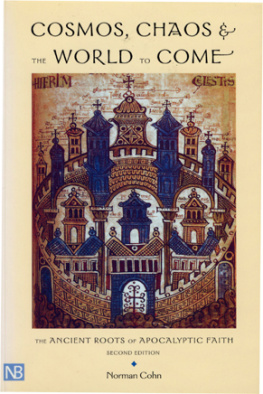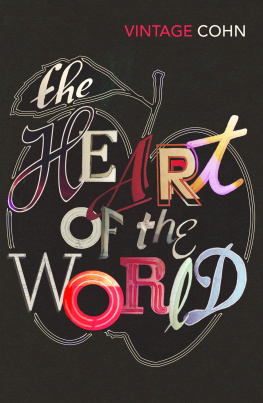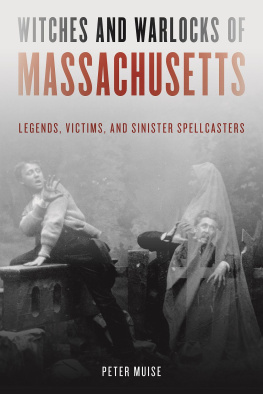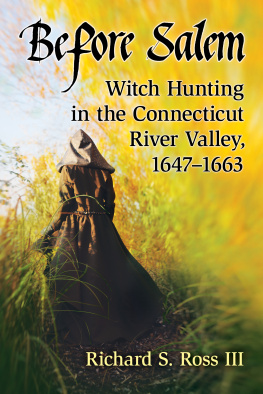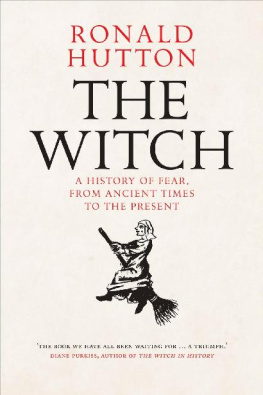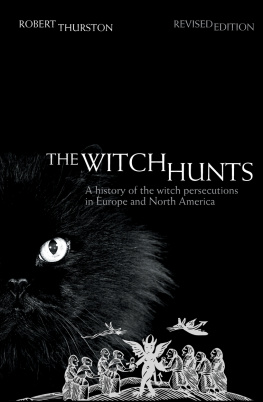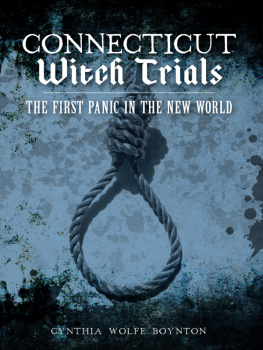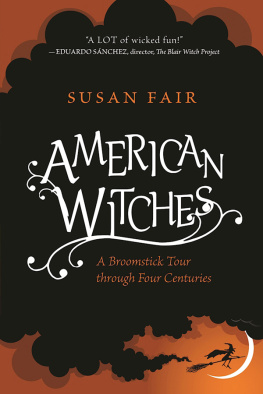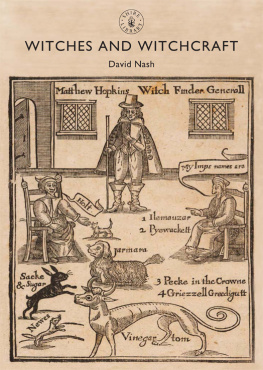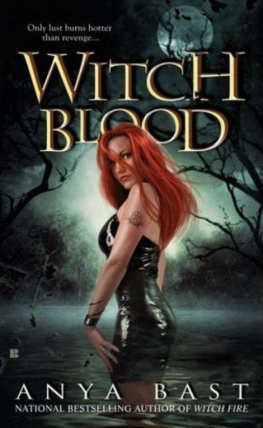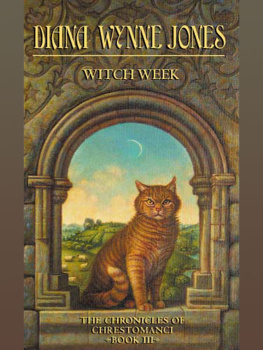EUROPES INNER
DEMONS
The Demonization of Christians in
Medieval Christendom

NORMAN COHN

This ebook is copyright material and must not be copied, reproduced, transferred, distributed, leased, licensed or publicly performed or used in any way except as specifically permitted in writing by the publishers, as allowed under the terms and conditions under which it was purchased or as strictly permitted by applicable copyright law. Any unauthorised distribution or use of this text may be a direct infringement of the authors and publishers rights and those responsible may be liable in law accordingly.
Version 1.0
Epub ISBN 9781448103935
www.randomhouse.co.uk
This new edition published by Pimlico 2005
6 8 10 9 7 5
Copyright Norman Cohn 1975, 1993
Norman Cohn has asserted his right under the Copyright, Designs and Patents Act 1988 to be identified as the author of this work
This book is sold subject to the condition that it shall not, by way of trade or otherwise, be lent, resold, hired out, or otherwise circulated without the publishers prior consent in any form of binding or cover other than that in which it is published and without a similar condition including this condition being imposed on the subsequent purchaser
First published in Great Britain by Chatto and Heinemann 1975
Second Pimlico Edition, fully revised, 1993
Pimlico
Random House, 20 Vauxhall Bridge Road,
London SW1V 2SA
www.rbooks.co.uk
Addresses for companies within The Random House Group Limited can be found at: www.randomhouse.co.uk/offices.htm
The Random House Group Limited Reg. No. 954009
A CIP catalogue record for this book is available from the British Library
ISBN 9780712657570
CONTENTS
Car cest la vrit une violente et traistresse maistresse descole, que la coustume. Elle establit en nous, peu peu, la desrobe, le pied de son autorit: mais par ce doux et humble commencement, layant rassis et plant avec layde du temps, elle nous descouvre tantost un furieux et tyrannique visage, contre lequel nous navons plus la libert de hausser seulement les yeux.
Michel de Montaigne, Essais, Livre premier, chapitre xxii
For truly, Custome is a violent and deceiving schoole-mistris. She by little and little, and as it were by stealth, establisheth the foot of her authoritie in us; by which mild and gentle beginning, if once by the aid of time, it have settled and planted the same in us, it will soone discover a furious and tyrannical countenance unto us, against which we have no more the libertie to lift so much as our eies.
John Florios translation, 1603
About the Book
In this ground-breaking book, Professor Norman Cohn traces popular beliefs about witches to their origins. He examines the fantasies that inspired the great European witch-hunt when thousands of innocent people were tortured and burned alive. It is a fascinating history of the need to imagine antihuman conspiracies and an investigation of how those fantasies made the great European witch-hunt possible. In addition, Professor Cohns discovery that some influential sources on witch trials were forgeries has revolutionised the field of witchcraft studies, making this one of the most essential books ever written on the subject.
About the Author
Norman Cohn was born in London in 1915 and educated at Greshams School and Christ Church, Oxford. Scholar and research scholar at Christ Church between 1933 and 1939, after the war he taught in universities in England, Scotland, Ireland, America and Canada. In 1966 he became a Professorial Fellow in the University of Sussex and director of an international research project on the preconditions for persecutions and genocides. From 1973 to 1980 he was Astor-Wolfson Professor at Sussex and thereafter Professor Emeritus. He was a Fellow of the British Academy and the author of Warrant for Genocide and The Pursuit of the Millenium (also in Pimlico). Norman Cohn died in 2007.
PREFACE
This book is concerned with a fantasy and its consequences in the Middle Ages. The essence of the fantasy was that there existed, somewhere in the midst of the great society, another society, small and clandestine, which not only threatened the existence of the great society but was also addicted to practices which were felt to be wholly abominable, in the literal sense of anti-human.
The fantasy is preserved in a literary tradition, which can be traced through many centuries in the polemical tracts of theologians and the tales of monastic chroniclers. The story of its transmission in the literate strata is a curious one, and it is told here for the first time. Nevertheless, that is not the books main theme. The fantasy changed, became more complex, down the centuries. It played an important part in some major persecutions; and the way in which it did so also varied. Sometimes it was used merely to legitimate persecutions that would have occurred anyway; sometimes it served to widen persecutions that would otherwise have remained far more limited; in the case of the great witch-hunt it generated a massive persecution which would have been inconceivable without it. In pursuing its history one is led far beyond the confines of the history of ideas and deep into the sociology and social psychology of persecution.
The fantasy is first met with in the second century, when pagan Greeks and Romans attached it to the small Christian communities in the Empire. These unfortunate people found themselves accused of holding meetings at which babies or small children were ritually slaughtered, and feasts at which the remains of these victims were ritually devoured; also of holding erotic orgies at which every form of intercourse, including incest between parents and children, was freely practised; also of worshipping a strange divinity in the form of an animal.
In medieval Christendom various dissenting groups, or heretical sects, were accused of similar practices and in addition of sacrilegious acts, such as spitting and trampling on the crucifix, and adoring Satan in corporeal form in some more or less obscene fashion. It came as a surprise to me to find that the dissidents who were so accused were not, as has commonly been supposed, primarily the exotic and non-Christian Cathars but, on the contrary, devoutly Christian groups such as the Waldensians and the Fraticelli. In all cases it proved possible, by a re-examination of the evidence, to clear these groups of charges which to some extent have hung over them for five or six centuries. Very similar accusations were used by the French king Philip the Fair to effect the destruction of the Order of the Knights Templars; and in this case too I argue that they were baseless.
The latter part of the book is devoted to showing how this age-old tradition contributed to the European witch-hunt. That great persecution reached its height only in the sixteenth and seventeenth centuries, and no attempt is made here to retell the grisly story: the book scarcely ventures beyond the middle of the fifteenth century. But the witch-hunt would never have taken on such massive dimensions without the notion of the witches sabbat. How that notion came into being, indeed how the whole stereotype of the witch came into being, is studied in detail. The results run counter to many widely accepted ideas. A certain tradition of historical thinking, extending from the 1820s down to the present day, has encouraged the belief that there really was a secret society of witches, or else a pagan cult which was so interpreted by the Church. This belief is responsible for the proliferation of covens and similar groups at the present time; but when scrutinized, the historical evidence simply dissolves. On the other hand the alternative view, which on the whole has been more favoured by historians that the society of witches was a fiction elaborated by the Inquisition in the fourteenth century proved to be based on various forgeries which have hitherto escaped detection. I was compelled to look elsewhere for a viable explanation. The vogue of ritual or ceremonial magic amongst the upper strata of late medieval society proved to have contributed more than is commonly supposed to the stereotype of the witch; and the same can be said of certain standardized trance or dream experiences amongst the peasantry. I argue that the great witch-hunt became possible when these practices and experiences were interpreted in terms of the traditional stereotype of the clandestine, systematically anti-human society.



